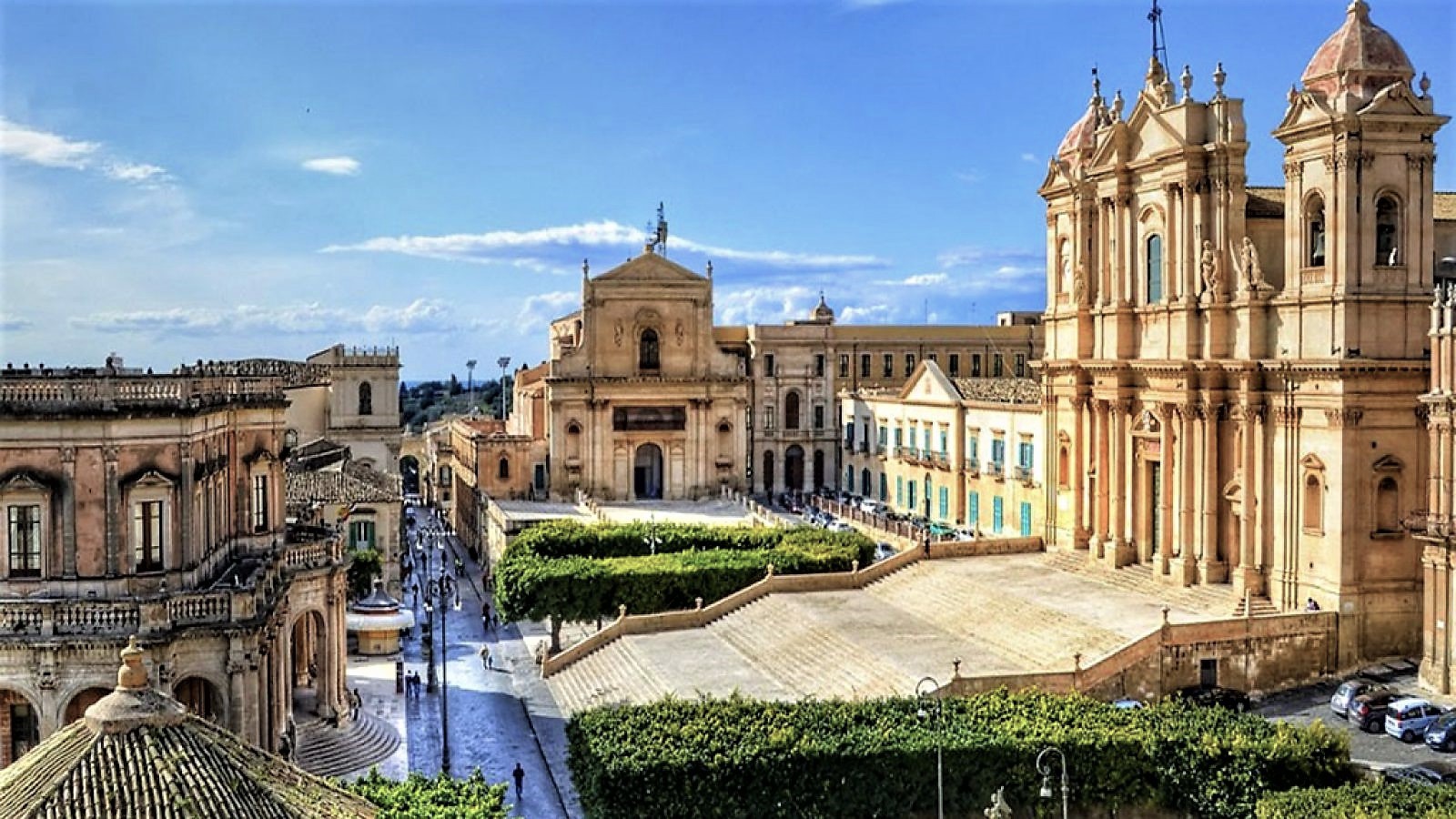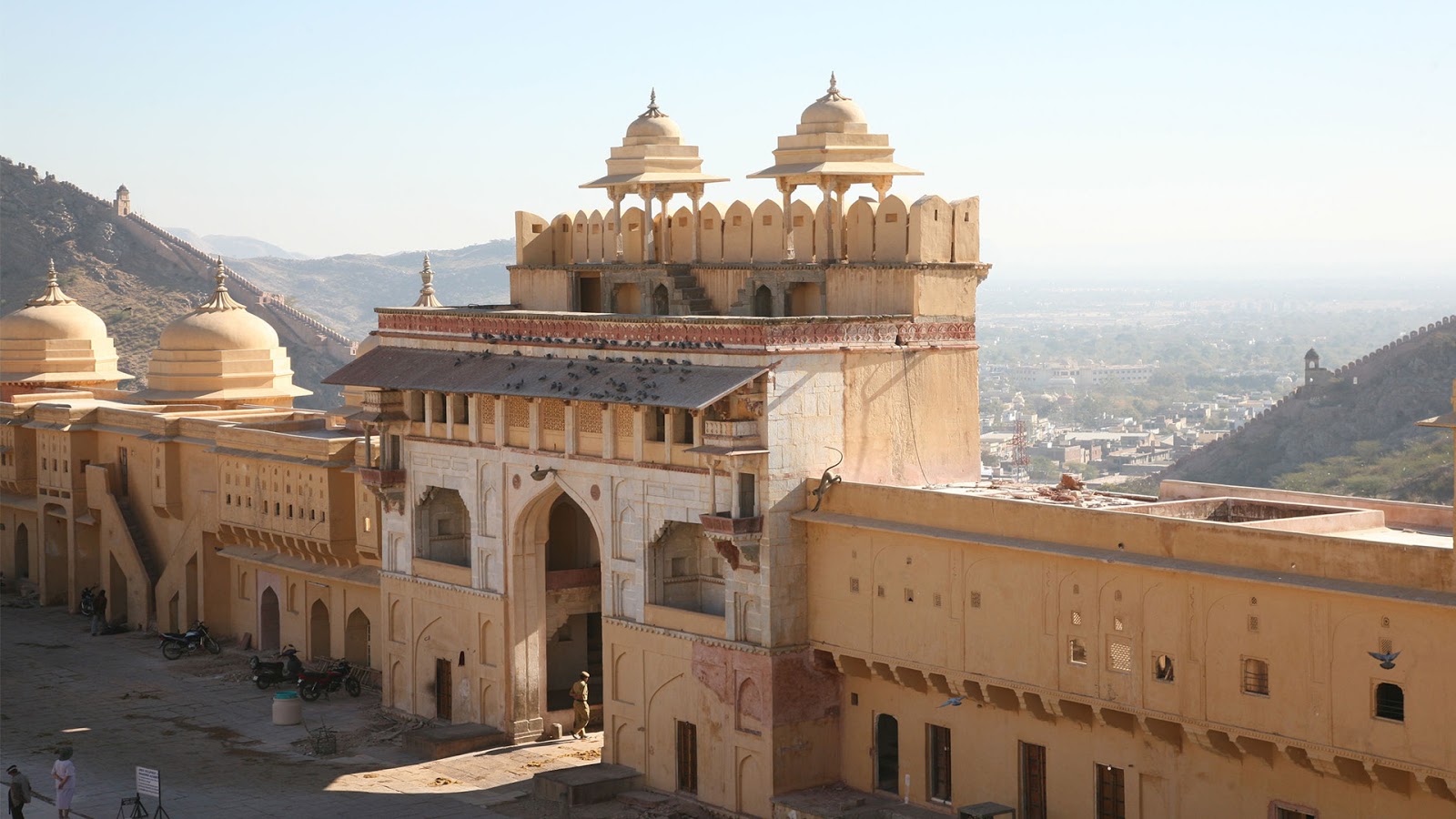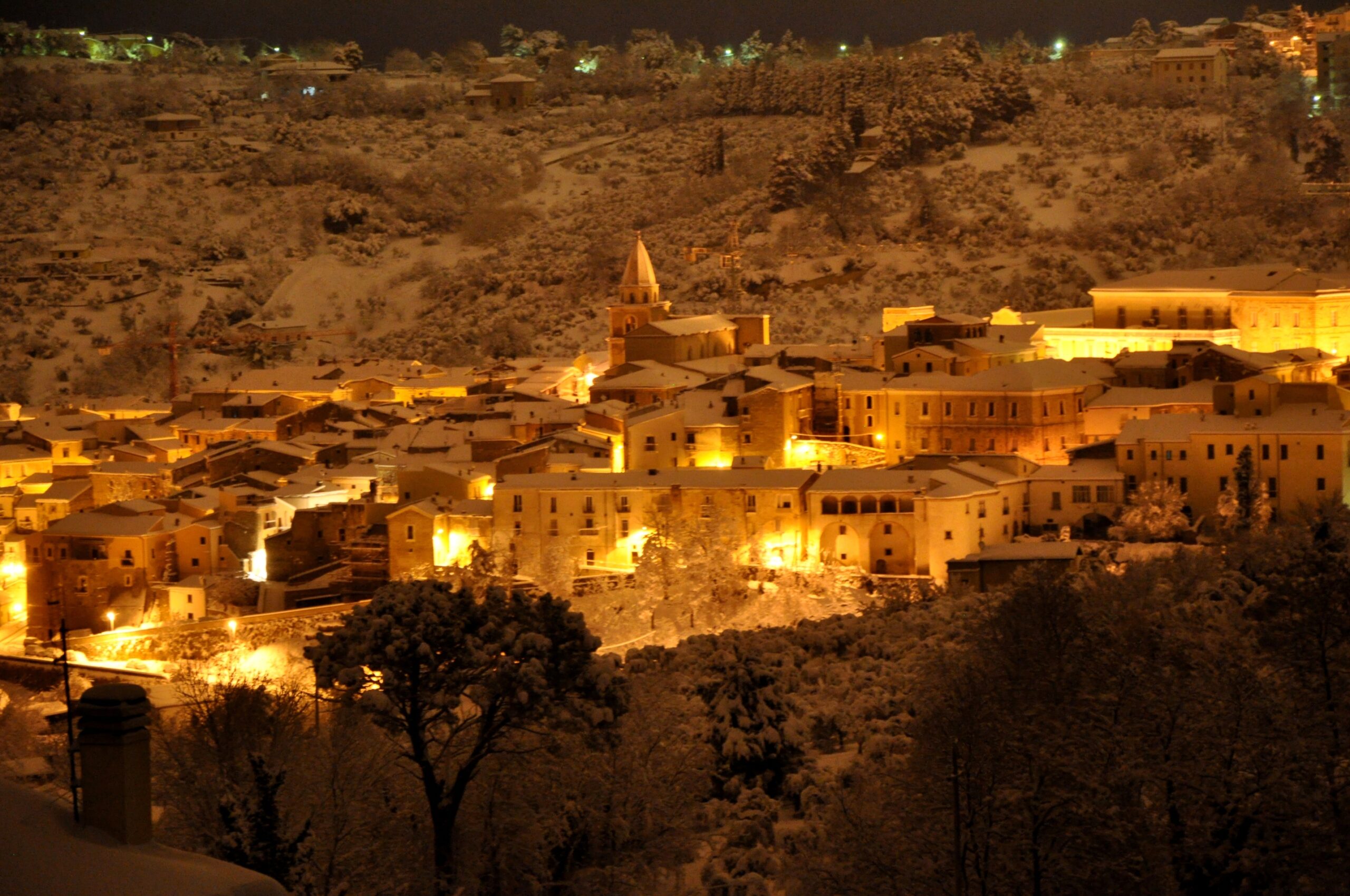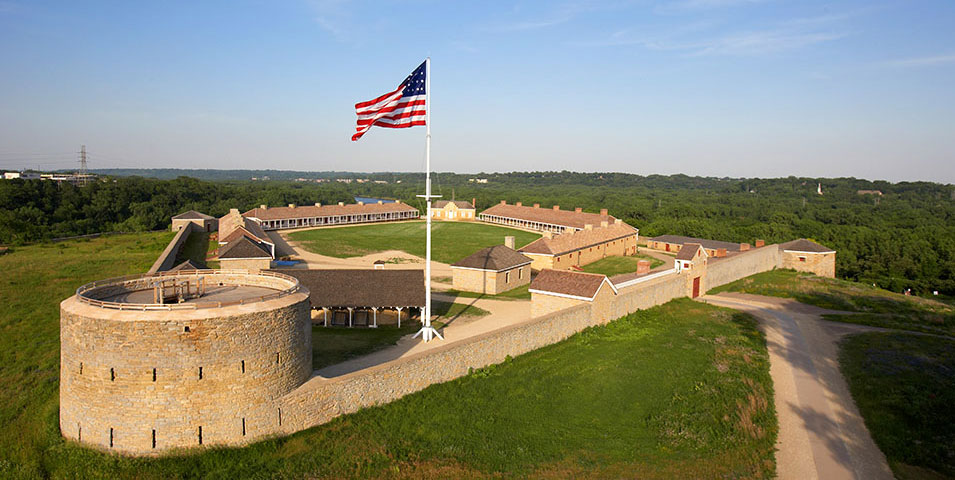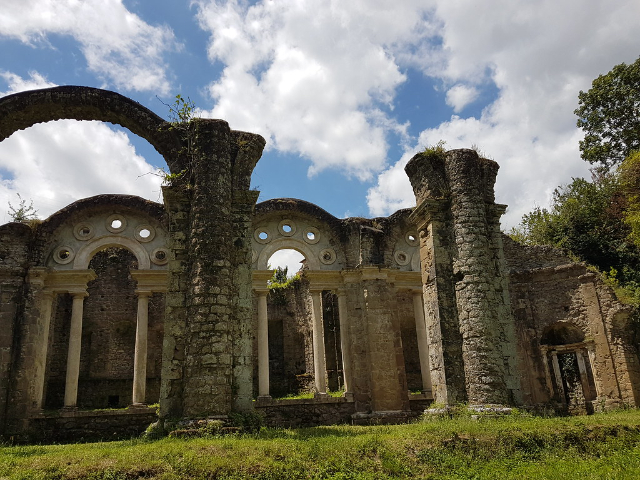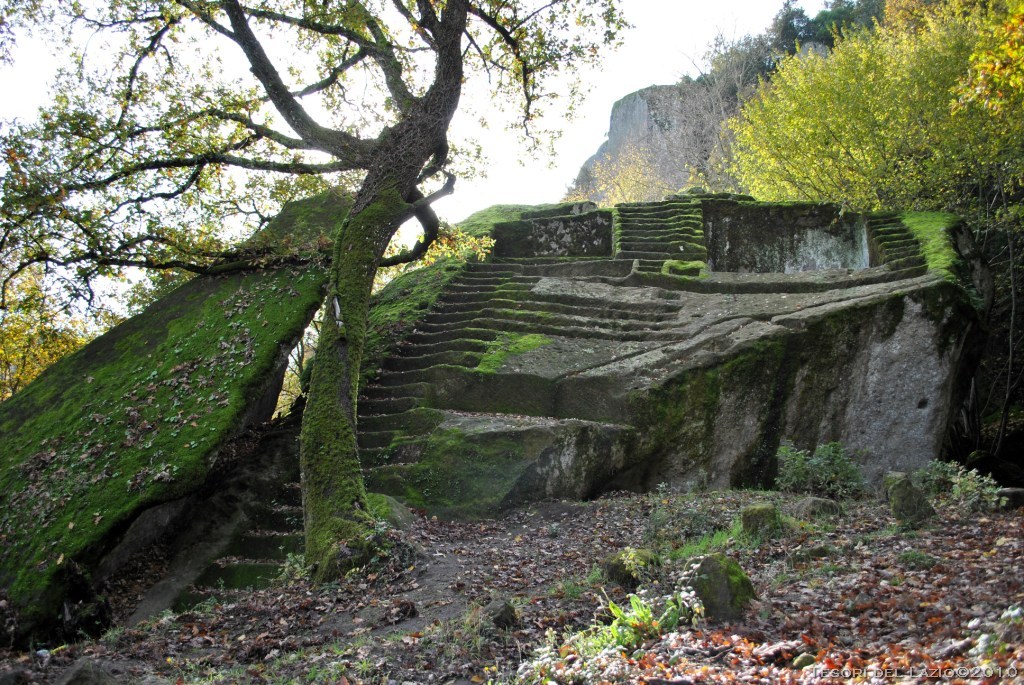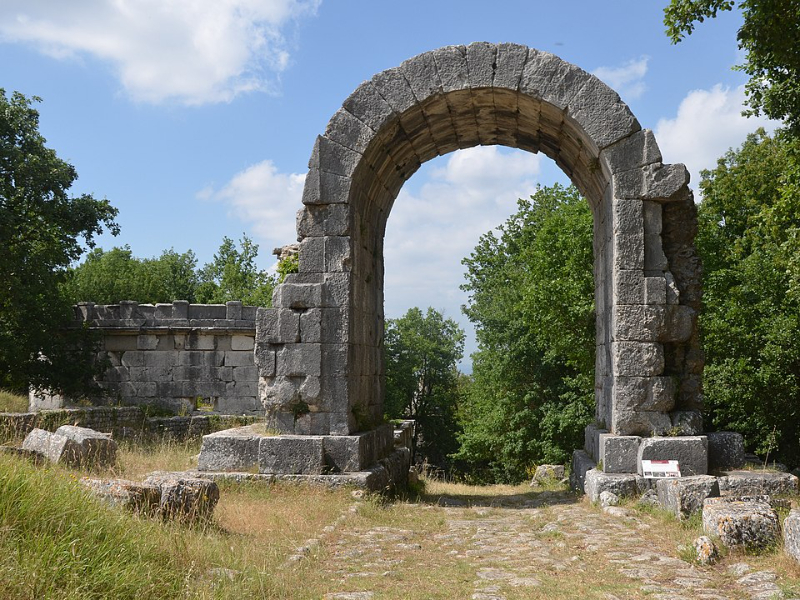An important Sicilian, Roman, Byzantine and then Arab center, it was destroyed in the height of its splendor by the 1693 earthquake, but thanks to skillful reconstruction, Noto has become a magnificent city of art, a Unesco heritage site along with Caltagirone, Militello, Catania, Modica, Palazzolo, Ragusa and Scicli.
The extraordinary beauty of Noto, and the other towns rebuilt after the earthquake, characterizes the entire Noto Valley.
Great architects, almost all trained in Rome, were called in for the reconstruction, and in fact the motif of inspiration is Roman Baroque, albeit revisited. The result exceeded expectations, and the reconstruction gave rise to stupendous work, although it differed from city to city: from the dark gray baroque of Catania, in which lava stone was used, to the luminous architecture of Noto with its honey-colored hue.
The medieval city, traces of whose walls and castle are visible, corresponds to ancient Neto. In contrast, the layout of the new town is Baroque, based on wide, straight streets interspersed with squares with stairways overlooked by churches and palaces.
